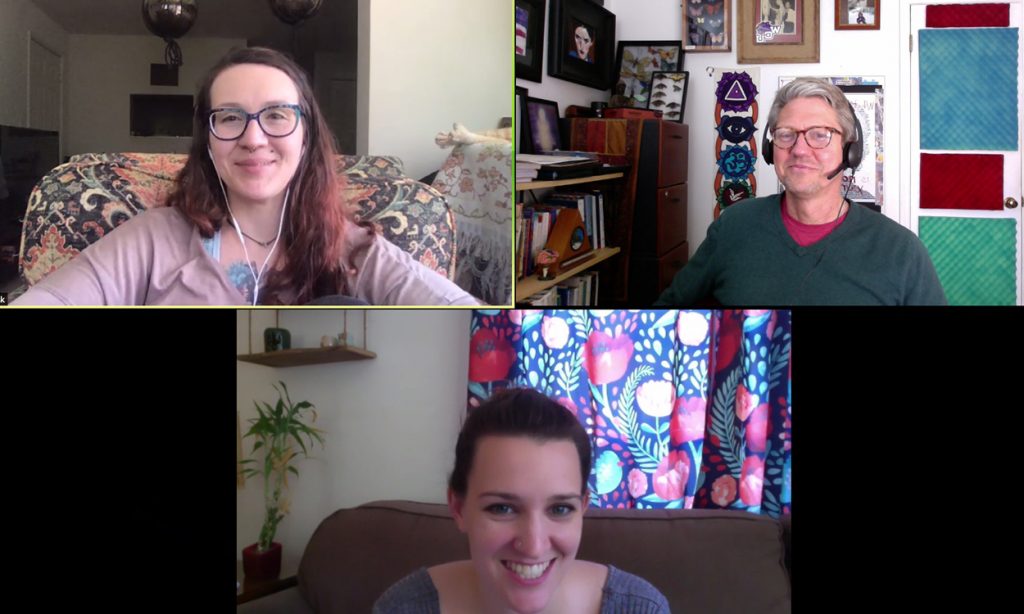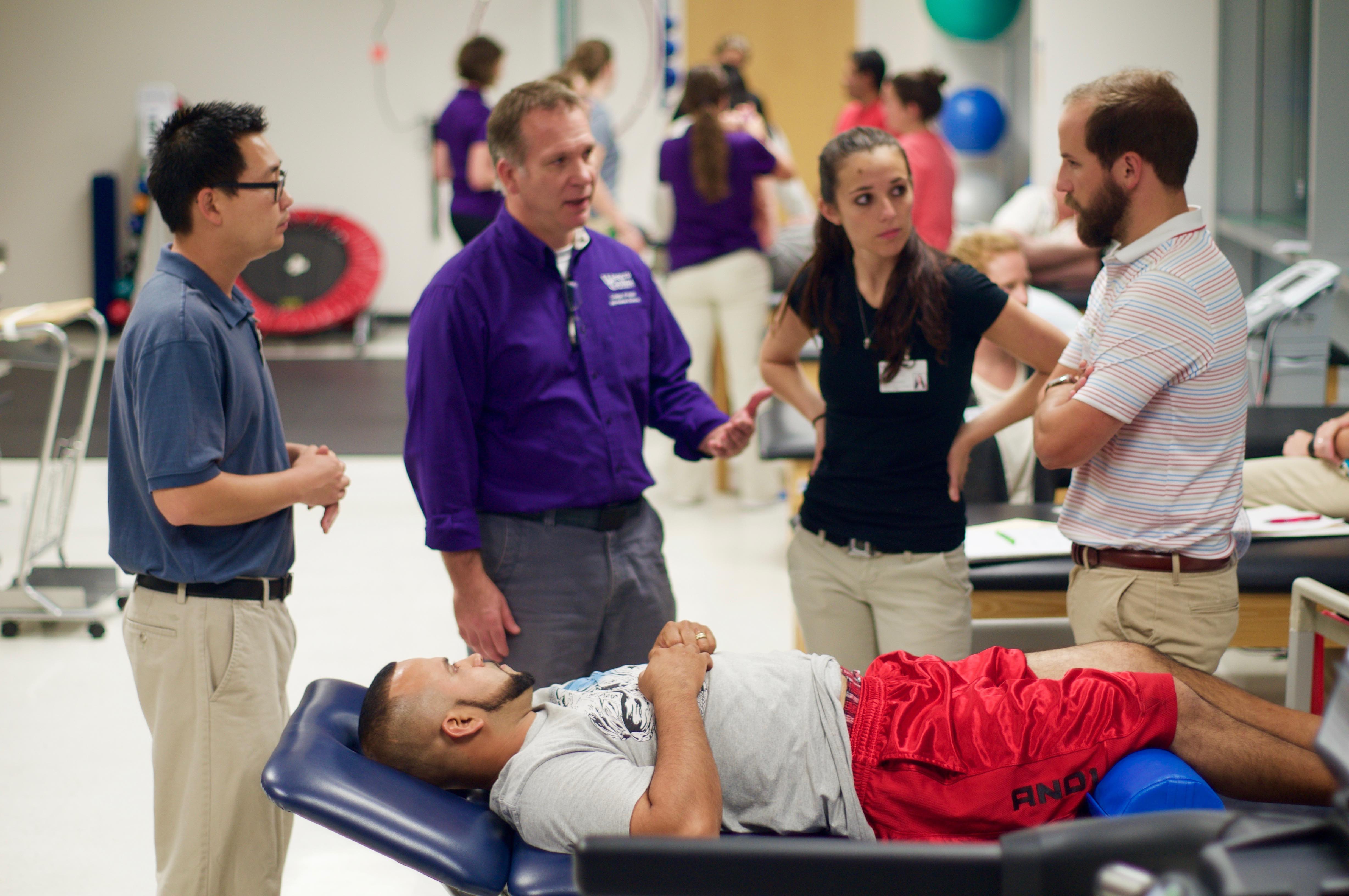New online art and wellness magazine is a real Masterpeace
With bold, beautiful images and wise, telling words, Western Carolina University’s counseling program has created something of a . . . well, “Masterpeace,” an online wellness magazine for K-12 students, teachers, administrators and parents.
Filled with photographs, paintings and artwork supplied by students from across Western North Carolina, “Masterpeace” was created to celebrate student art while delivering mental health and wellness information, said Russ Curtis, professor and coordinator of the clinical mental health counseling program at WCU, who oversaw the project.
“First of all, we know there are mental health benefits from creating or appreciating art — there’s research supporting that, that art enhances neurological functioning. Also, we could have created a wellness magazine with just the mental health information, but I doubt it would have had near the reach,” Curtis said.
 The project was funded by a grant from the School University Teacher Education Partnership
and edited by counseling graduate student assistants Casey Mock and Emily Nowels.
Nowels, who graduated from WCU in May with a master’s degree in counseling, had published
art-wellness magazines before, while an undergraduate student and later working in
mental health in New York. Her primary role was to design the magazine’s layout in
the CANVA program, then uploaded by Mock into the flip5html publishing platform, which
gave it a “true magazine feel,” said Curtis.
The project was funded by a grant from the School University Teacher Education Partnership
and edited by counseling graduate student assistants Casey Mock and Emily Nowels.
Nowels, who graduated from WCU in May with a master’s degree in counseling, had published
art-wellness magazines before, while an undergraduate student and later working in
mental health in New York. Her primary role was to design the magazine’s layout in
the CANVA program, then uploaded by Mock into the flip5html publishing platform, which
gave it a “true magazine feel,” said Curtis.
“We wanted it to be a clean and simple design that really highlighted the student work and allowed it to speak for itself,” Nowels said. “It was such an amazing way to round out my grad school experience.”
Mock, a first-year graduate student in the counseling department and an art minor, helped select the pieces — 55 of 69 submissions — to be included in the magazine, working to match them with the written pieces. She also manages the “Masterpeace” Instagram account @masterpeace.artmag, where she published every submission she received.
“The value of the magazine is being able to share students’ artwork and including artwork that was not perfect,” Mock said. “You can be an artist and not have this immaculate skill. You can enjoy it and still create work and be proud of it and that’s still art.”
Mock also loved the accessibility of the magazine’s format. “It’s cool because it’s online and people can access it multiple times. You can’t lose it or tear it up, and you can get it out to a lot more people,” she said. “And more people are transitioning to online materials because of the pandemic.”
Kim Winter, dean of the College of Education and Allied Professions, said she was proud of the magazine and its editors. “This product is beautiful and relevant. And, what a wonderful experience for these graduate students to collaborate with their mentor in this way,” Winter said.
In the end, Curtis said, it’s all about improving mental health communication. “We’re hoping the art and information will provoke conversation among students, parents, teachers and administrators.
View the online publication at http://online.fliphtml5.com/pdhbe/mggo/ .

